Increase of students at Marjory Stoneman Douglas High School causes overcrowding issues on campus
Students pack the stairwell in front of the media center and cafeteria as they make their way to class. Marjory Stoneman Douglas High School has at least 3,650 students enrolled for the 2020-2021 school year.
August 31, 2021
For the 2021-2022 school year, Marjory Stoneman Douglas High School has seen an increase in student enrollment compared to the 2019-2020 school year, which was the last time students were fully learning on campus. This has caused congestion throughout the school, causing many issues for students that did not exist in previous years, including being unable to find places to eat during lunch, difficulty traveling to and from classes, crowded classrooms, and traffic problems during morning drop-off and afternoon pick-up.
With COVID-19 still a threat, the overpopulation is making it more difficult for students to social distance. All students and staff on campus must wear a mask at all times, unless eating or drinking while stationary, and continuously social distance. Broward County Public Schools is one of ten school districts in Florida that has made mask wearing for all students and staff mandatory.
With at least 250 more students on campus this year, social distancing is more difficult. According to Assistant Principal Daniel Lechtman, the student body went from about 3,400 students in 2019-2020 to about 3,650 students in the 2021-2022 school year.
As a public school, MSD required to accept all students within their zoning boundaries. Construction in the north part of Parkland along Loxahatchee Road in conjunction with an exploding real estate market has caused enrollment to swell. MSD is not a school of choice, meaning during the annual school choice window, students can not be reassigned to MSD, as there is no available space.
However, sometimes if a student who is not zoned for MSD would like to attend, their parent/guardian can apply for the school on the basis that their originally zoned school does offer the academic opportunities they would like. Because MSD offers a wide variety of Advanced Placement classes and extracurriculars, some students choose to apply and are accepted, even though they are not living within the MSD boundary. These students represent a small percentage of the overall population of the school.
“If we look at the student enrollment as a half-full scenario, we are a very desirable school to be at,” Lechtman said. “Considering some schools could potentially have lost students [leading to] less funding [on their behalf].”
Currently, all classrooms are being used, except for three rooms that are being fixed for a roof leak. Many teachers have large classes that are too big for their rooms, affecting many students’ learning. Lots of teachers have classes of 30 to 40 students, which makes it hard for students and teachers to attain one-on-one attention when needed. One physical education period has 50 kids, although it is a class with the ability to go outside to space the kids out more.
“[The increase in students makes] it very hard to learn, especially in [AP] math when my class has 37 kids, it doesn’t make teaching personal and also [makes it feel] very rushed,” senior Asha Advani said.
By state law, some core classes are supposed to be capped at 25 students. Electives and other core classes, including AP classes are not restrained by the class size amendment. With swelling enrollment, core classes are over 25 and some electives have climbed to over 40 students per period. The school administration is working to alleviate the problem and bring down the numbers of students in each class.
In some cases, new sections of classes were created to alleviate larger classes. According to Principal Michelle Kefford, some students were switched from a large class section to a smaller section.
There is only so much the school can do with switching around classes and students. Lechtman explained that the school is currently being re-budgeted to potentially hire more teachers to alleviate the overcrowding.
Students report struggling to travel throughout the campus. During passing periods, staircases are backed up with students. Crowds come to a standstill in the smaller hallways, making it hard for students to get to their classes on time.
Compounding the problem, passing periods went from 8 minutes to 7 minutes, therefore students have even less time than previous years. Transitions to and from lunches are made more difficult with half of the student body trying to go to and from the courtyard with only 6 minutes to get back to class. This is the result of an audit of the A/B block schedule completed by the Florida State Board of Education last school year.
“Certain intersections of school corridors become shoulder-to-shoulder traffic while everyone is transitioning to lunch, and it makes it too difficult to navigate safely with how close people are in a tight space like that,” senior Logan Walsh said.
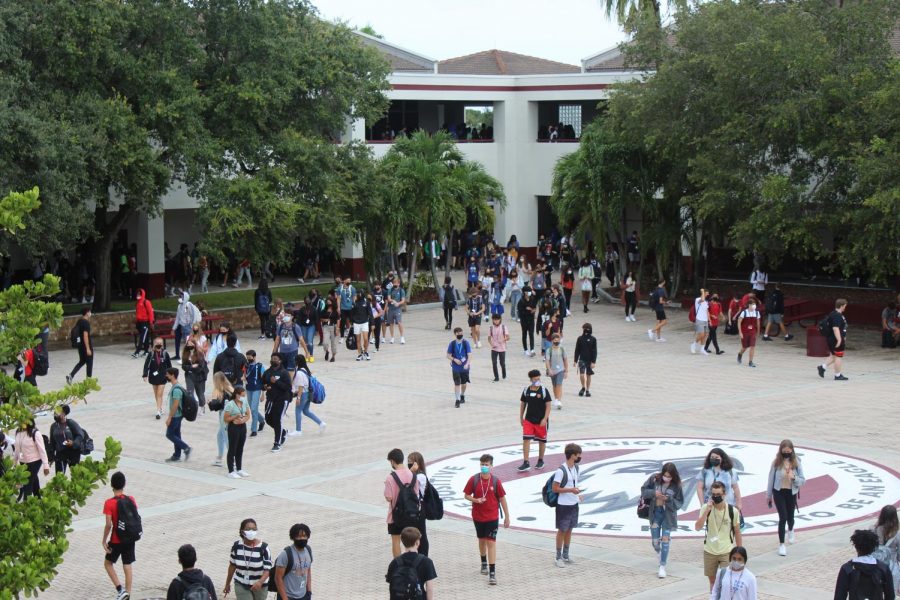
The increase in students has led to many issues during lunch. Even MSD’s split lunches can’t solve the problem. Around 50% of the student body go to each lunch, therefore, 250 more kids is about 125 more students per lunch. Lunch lines are often so long that students have trouble fully eating their lunch before they have to go back to class.
“It is always difficult to find seats at lunch, there is almost never a place,” sophomore Aneesha Nookala said. “I see many people sit on the stairs or even stand just so they can eat.”
Many students do not feel safe eating inside the cafeteria or media center with COVID-19 since students’ masks are off. The main courtyard is a popular option for students, but with the increase in the student body, the courtyard picnic tables and benches that line the courtyard are always full.
“I don’t feel comfortable even taking my mask off at lunch because of how many people we have,” senior Julie Mouhica said.
According to Kefford, the school is in the process of ordering more picnic tables for the courtyard to try and provide more seating for the students outside and alleviate the crowd.
Additionally, students are having issues getting home from school in a timely fashion, including backup in the senior lot from the pickup line, underclassmen parked in North Community Park and a lack of buses. Located on Pine Island Road, the student pickup line where parents/guardians wait in the front of the school has been looping onto Holmberg Road. This line then mixes with the cars going to Westglades Middle School. In the senior lot located off of Holmberg Road, it is now even harder for the seniors to get home. MSD and North Community Park have an agreement where the underclassmen can use the park for parking during the school day, adding more cars to the traffic.
“Traffic [is] bad to get home [after school and it] took me 35 minutes when I live 5 minutes away,” senior Zachary Valdes said.
Moreover, COVID-19 has caused a lack of bus drivers this year, resulting in many buses taking on multiple stop numbers. This essentially doubles the amount of kids on each bus. With an increase in students on buses already, this has caused kids to sit two and three to a seat, leaving no room to socially distance.
“[The] bus loop is overcrowded and the bus [I] take is completely filled,” sophomore Arizel Corniel said.
The MSD administration is working to mitigate the effects of the increase in enrollment.
Change: [“Traffic [is] bad to get home [after school and it] took me 35 minutes when I live 5 minutes away,” senior Sarah Nikaj said.] miss quoted and changed to [“Traffic [is] bad to get home [after school and it] took me 35 minutes when I live 5 minutes away,” senior Zachary Valdes said.]

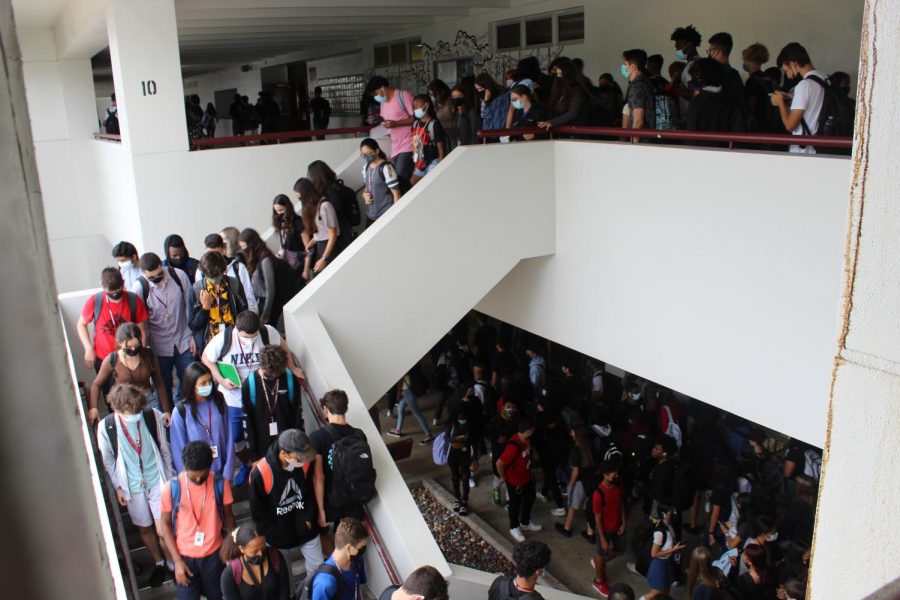

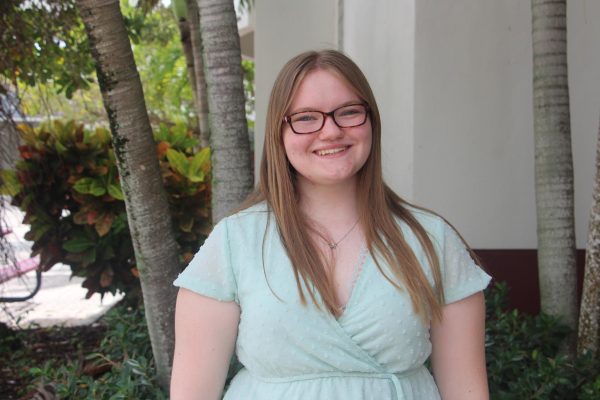



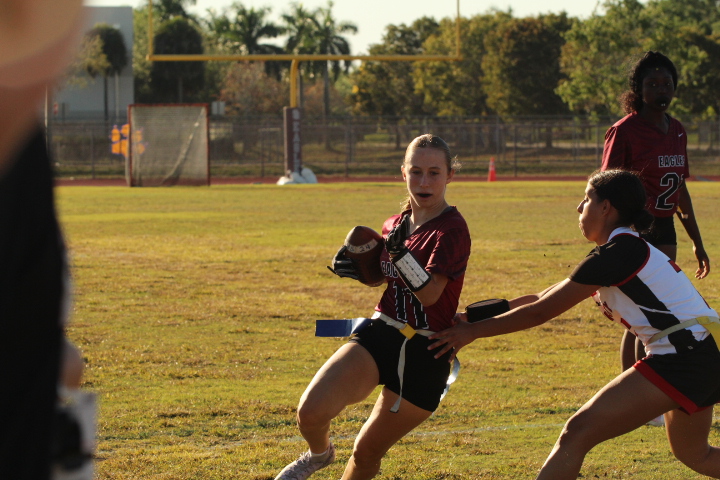
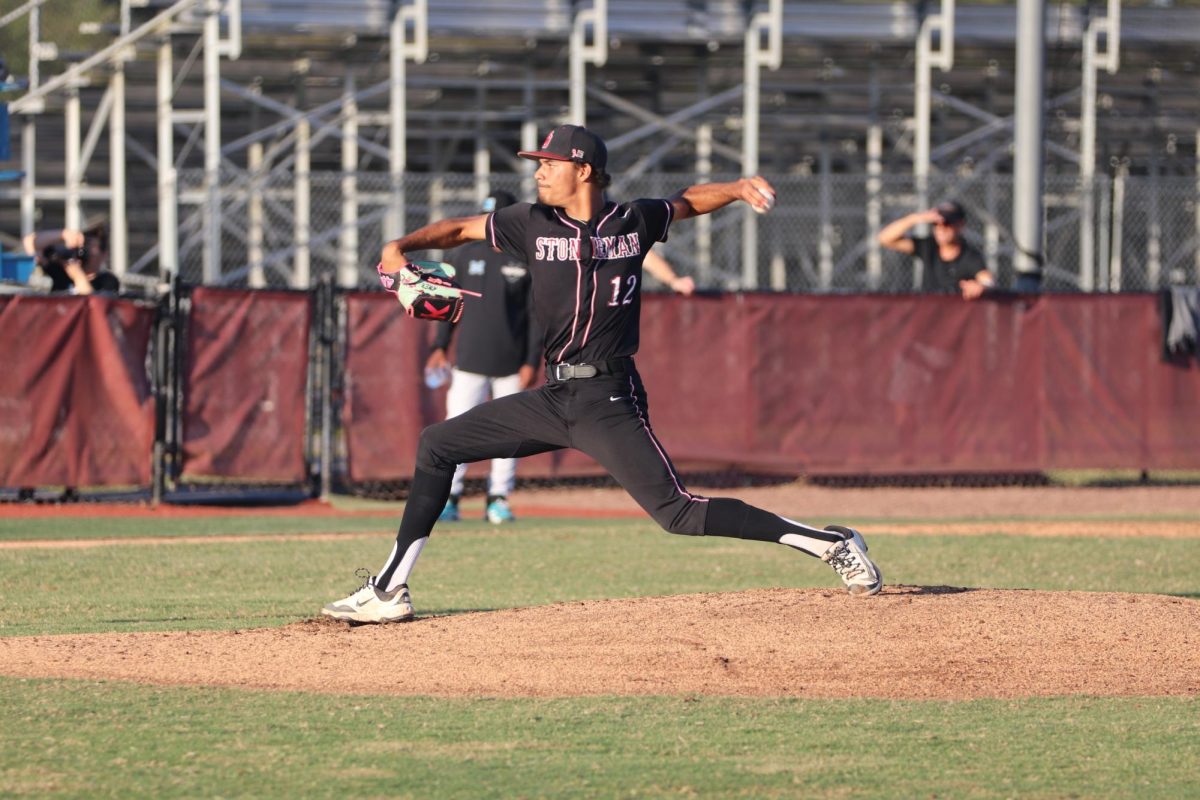
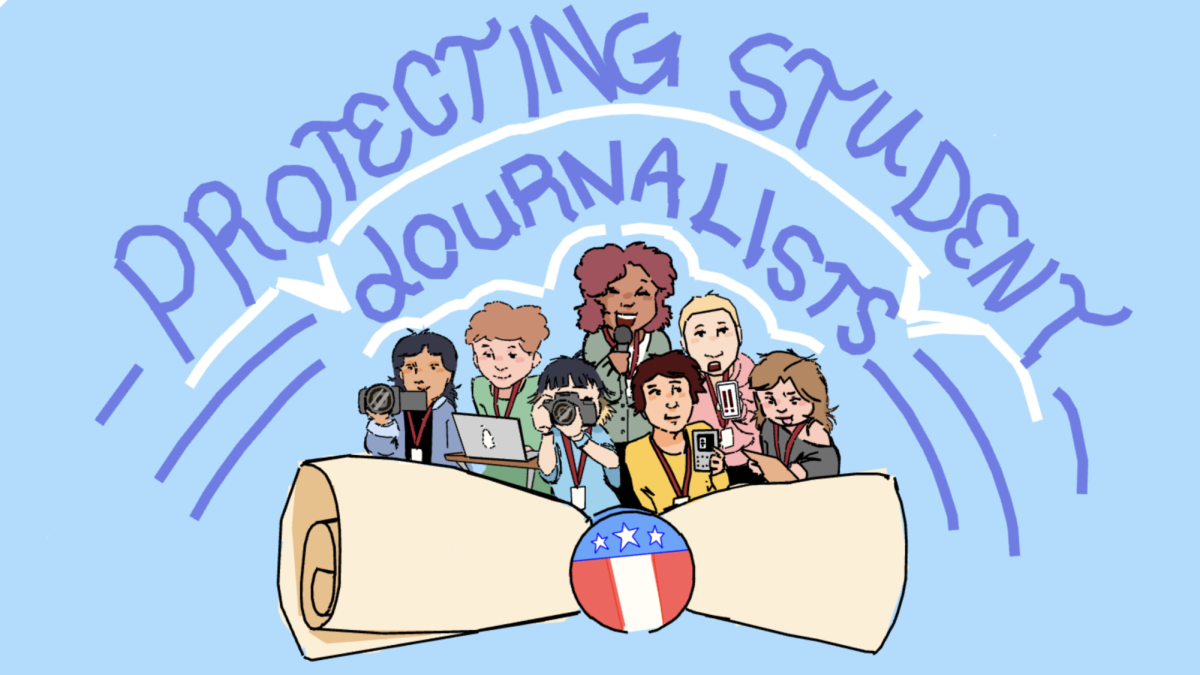

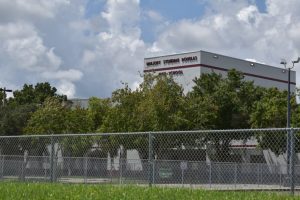


Manavi Kotwani • Sep 12, 2021 at 8:54 pm
It is very crowded when getting to our classes, there is no social distancing and people always bump into each other, do not get any personal space, or stay socially distanced.